Rather than give you a scene by scene account of each day (this is already available on Pat Thomson's blog for those interested), I'm going to attempt to identify those things that I plan to take away and use in my photography teaching next year. Here goes:
Starters aren't a new idea for educators but Anna and Alex had designed a series of activities they referred to as 'Wake and Shake' that stimulated a number of different opportunities for learning.
- We were required to collaborate in a structured way (time, resources, 'rules') leading to the production of an artefact
- We were quickly immersed in artistic strategies (describing, sorting, arranging, deciding etc.) with very little preliminary explanation or justification
- Experimental and playful making and performance activities were foregrounded - the talking came later in the day
- There appeared to be a strong emphasis on process over product. 'Rules' were provided but quickly tested and broken. Contingencies were welcomed.
- The activities didn't often have a clear end point but bled into the next phase of the day's activities.
- How can I encourage more purposeful collaboration?
- How can we all begin making much sooner and immerse ourselves in a dialogue with materials, not just photographic?
- How might we use the products of these preliminary making sessions in the next phase of our activities?
Throughout the week, a range of drawing activities were used in parallel with looking and talking. Anna took us to see the Joan Jonas projection 'Songdelay' from 1973 where we created Blind Movie Drawings using carbon paper and black card. Each day we had a discussion beginning with a question (E.g. What is the value? How can you resist?) during which we were encouraged to doodle. These drawings were then made into badges and attached to banners (as an alternative to the conventional flip chart documentation). Two activities involved working in a pair, either facing each other or back to back, with one partner describing (an image or something observed in the space) and the other attempting to draw it. Silver gouache paint was also available so that we could make drawings of the light in photographs we had selected. Graham Hooper has written informatively of the various ways drawing can be incorporated into the photography lesson. The Summer School strategies, perhaps more conceptual in nature, will definitely form part of my regular pedagogy next year.
At the beginning of the week we were shown a series of posters with sets of words, the first of which, "Ball, Block, Blank", would be a continuous idea underpinning our explorations. Our opening activity involved selecting and arranging sets of photographic images of balls, blocks and blanks provided by the lead artists. As the week progressed we made objects in clay, cardboard, sticks and tape which, along with the endlessly recycled photographs, were used as props in a variety of video and film making activities. We explored the interplay between 2 and 3 dimensions, the flattening effect of photography, film and video and the relationship between stillness and movement. I was really inspired by the ways in which a tripod mounted DSLR could be used, in conjunction with a rotating circular table, to dramatise pictures and objects. The camera could look in (on objects placed on the table) or look out (at objects placed on its periphery). In both cases the rotating table created a tracking shot. Later in the week, other kinds of tracking shots were made using a tripod mounted slider and a track made from a wooden board, two plastic poles and skateboard wheels. I enjoyed the way these devices helped to make still objects move and intend to explore this approach much more with students next year.
The week ended with some analogue 16mm experiments, prompted by the visit of artist Bill Leslie. We drew on some 16mm film with coloured pens, shot our own film with his Bolex camera and even processed it by hand in a series of buckets before hanging it to dry with paper clips on a hastily rigged washing line.
The Tate Exchange space is very generous and open plan. There are few walls and a minimum of furniture - mobile walls, a couple of plinths, some sofas and chairs. That's about it. There is a small kitchen in the centre and a large cupboard but, otherwise, not much to interrupt the flow of space. Obviously classrooms tend to be a bit more restricted than this. However, I was struck by the way our lead artists, Anna and Alex, used the space they had available to zone activities. We could work as a whole group, then break off into smaller groups or work individually. The morning activities took place near the entrance (and down in the galleries) whereas afternoons were mostly spent at the other end of the space where tables (and the floor) were used to provide a range of prompts for making activities. For example:
- Photograph of photograph (after Jiro Takamatsu). Select a photograph. Re-photograph this image at least three times.
- Photo tracing. Trace the area where two photos you have chosen join together. Trace another over the top. Repeat.
- Looking straight through. Take an image from a magazine that includes a ball, block or blank. Cut a circle from the page and tape to one of the windows. Position the camera on a tripod so that the image fills the screen. Record the shot for 20 seconds.
Teaching photography is a tricky business. I am often torn between wanting to focus my pedagogy and resources on the specific processes and materials particular to photography and offering a more expanded version of photography practice that embraces contemporary art. This week has made me realise that this isn't an either/or proposition and that the diversity of practice related to photography should be embraced and celebrated. Alex has recently experimented with Instagram, for example, as a platform for creating a digital exhibition catalogue. Anna's 16mm films and videos often include footage of photographs she has taken being sorted. The fluidity of our making and use of materials this week has been entirely inter-disciplinary - sculpture, drawing, video, film, installation etc. The materials have been mostly cheap and easily accessible - tape, cardboard, clay, pens, papers, gouache, ink - but also surprising - dowel rods, black plasticine, foam blocks, 16mm film. We made tiny clay sculptures, cardboard plinths, crazy pointers and huge apertures all in a matter of minutes. Some of the equipment has been high tech - projectors, flat screen monitors, DSLRs, video cameras, tripods, iPads - but these were used to capture and share other kinds of making, rather than as a focus in themselves. There was a sense in which the technology was there to facilitate other kinds of imaginative activity and making. Most of the photographs made during the week were taken on mobile devices and instantly shared on social networks. I feel I need to expand the repertoire of materials easily available to my students next year.
One of the issues I've been thinking about this year has been the relationship between content and depth. Our GCSE photography course lasts for three years. The temptation has been to pack a lot into this time, partly to give students a really rich and diverse experience but also because we can feel that spending too long on a project can lead to boredom and loss of momentum. This week has again raised the question of how to long to spend refining and developing. There were moments in the week when I felt an urge to keep working on something and was slightly frustrated by being called over for a crit or a new instruction. However, the activities over the five days were structured in such a way that we were able to return to our 'sketches', our initial ideas or half-completed experiments, to further refine them.
We have stripped back the content and number of projects in a our GCSE course for September. We've attempted to do the same to our A level course, getting rid of the AS examination altogether and extending Component 1 into Year 12. We're hoping that this will give students greater opportunities to refine and develop their work, taking a bit longer and perhaps working a bit more deliberately over a series of lessons on a single experiment, rather than being constrained by discrete lesson blocks.
Another thought I had, following a slightly anarchic performance in the Tanks with our 30 huge cardboard apertures, was whether we could make interesting use of break and lunchtimes to share work with the wider school community and use the element of surprise. This could apply right across the arts with each department taking turns to 'perform' something to a wider audience, making artistic practice more visible and bringing an element of fun to the in-between times and spaces of the building. This needs a bit more thought and planning but I love the idea that ephemeral performances and/or installations might pop up all over the place from September.
Thank you to everyone involved at Tate for offering me the opportunity to get involved, to my fellow participants and to Anna and Alex for their expertise and creativity.
My photos and videos of Summer School 2016 on Flickr.
Tate Summer School 2016 Storify
Teach Tate Summer School 2016 blog

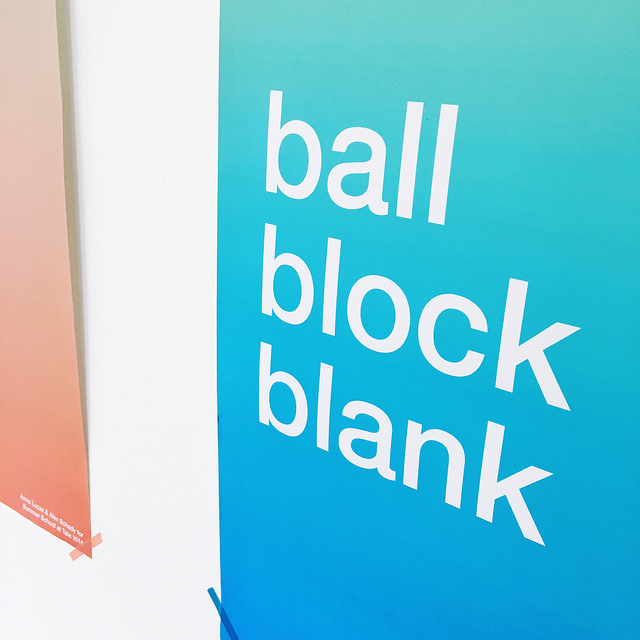
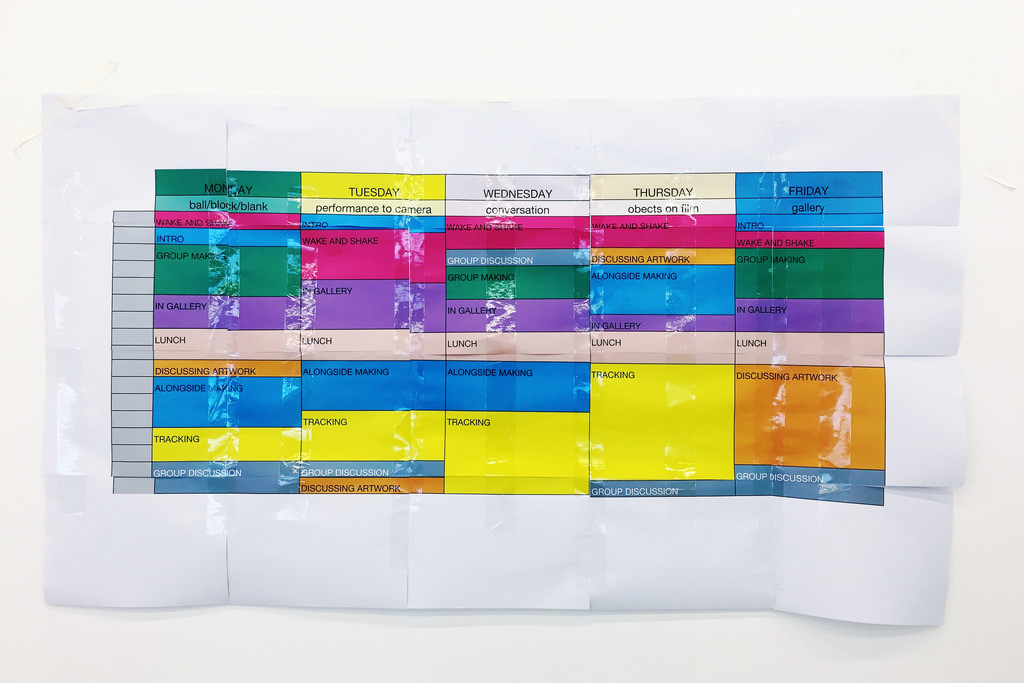
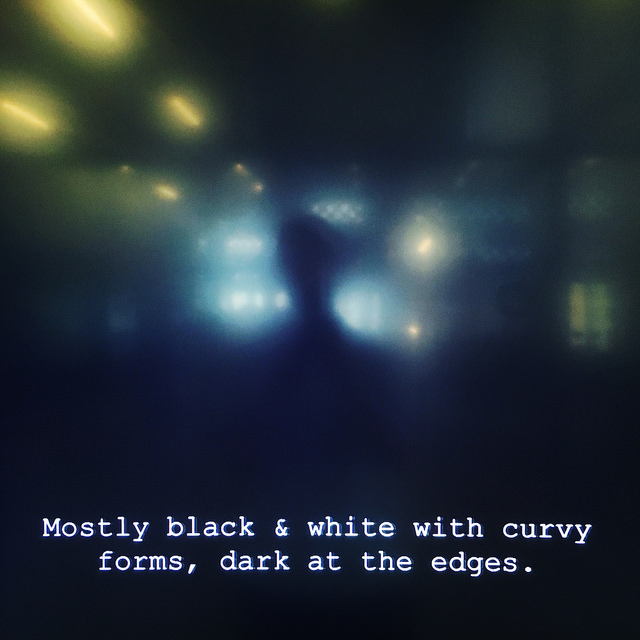
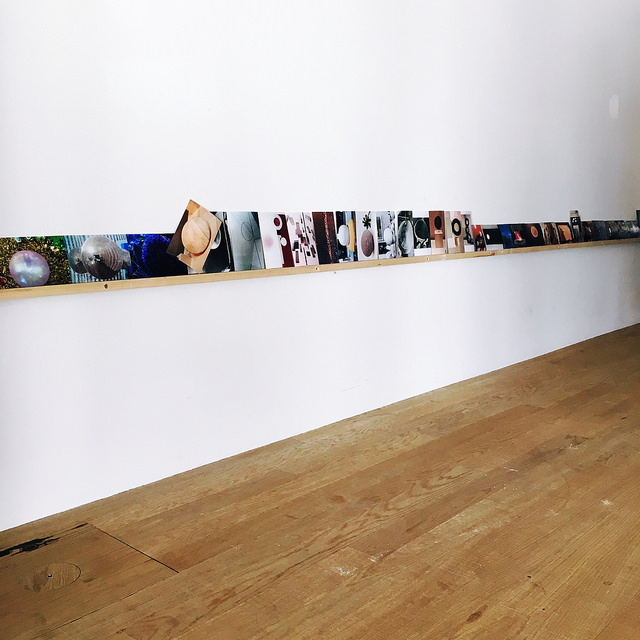
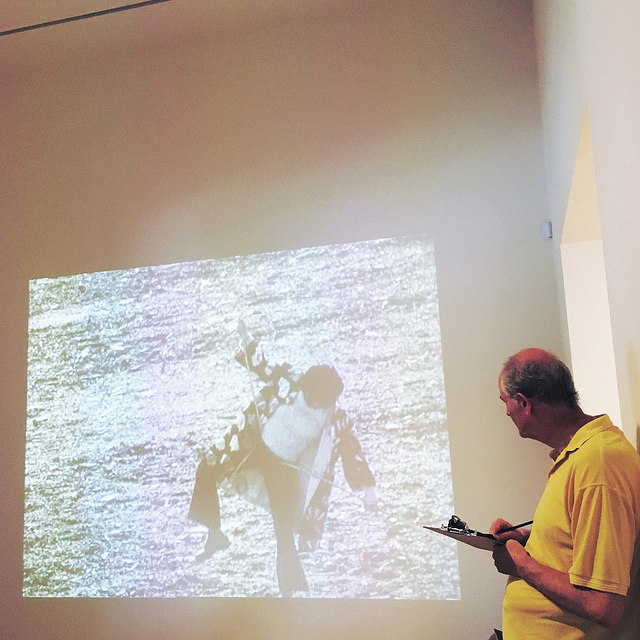
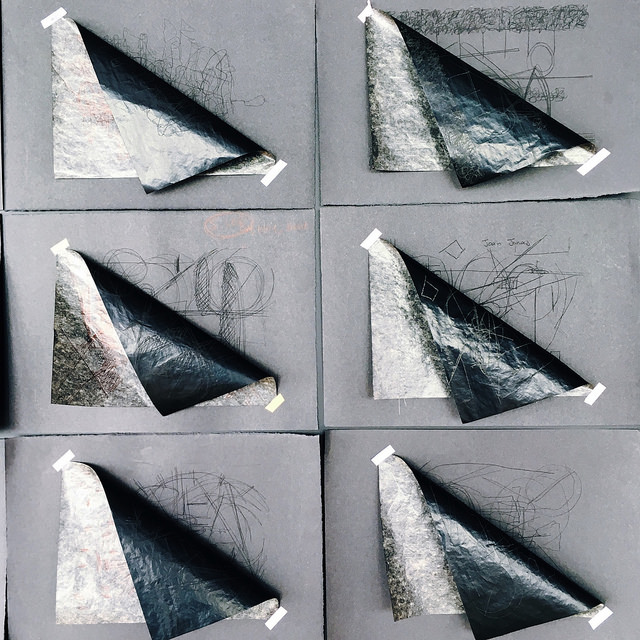
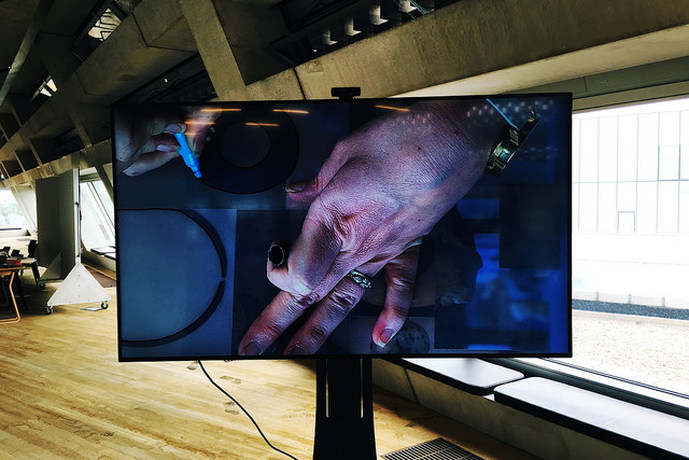
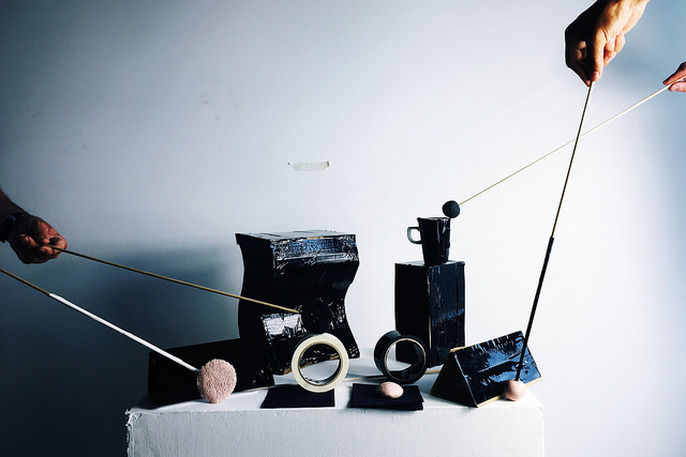
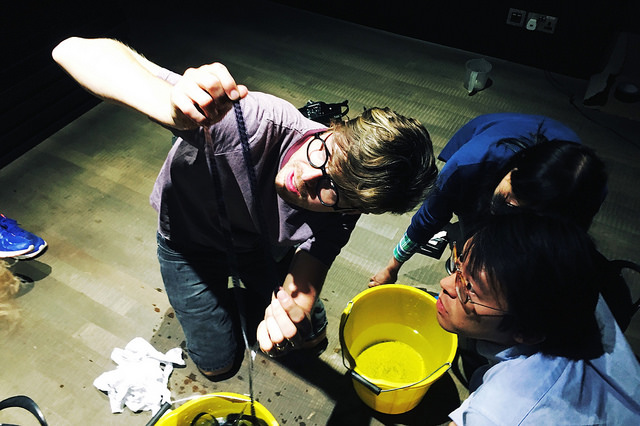
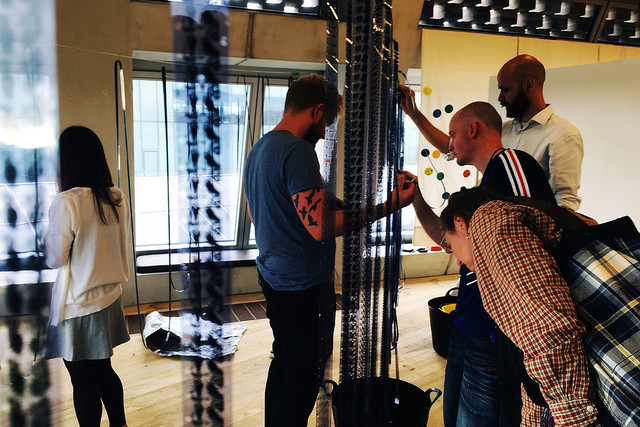
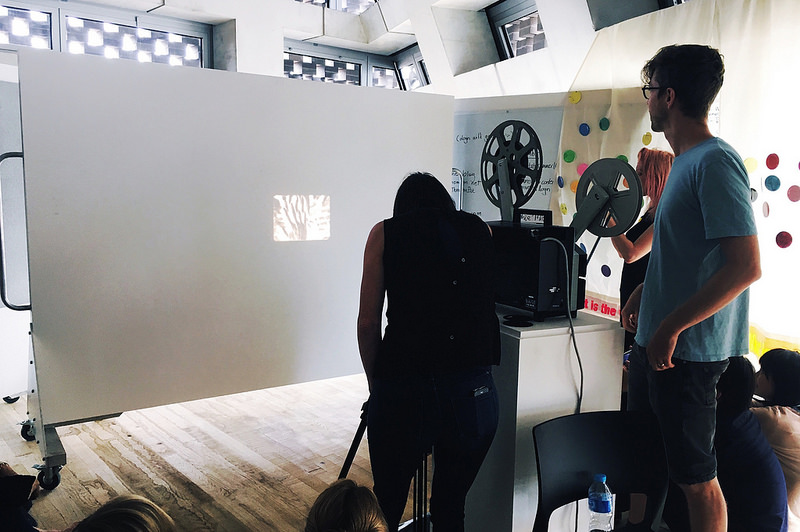
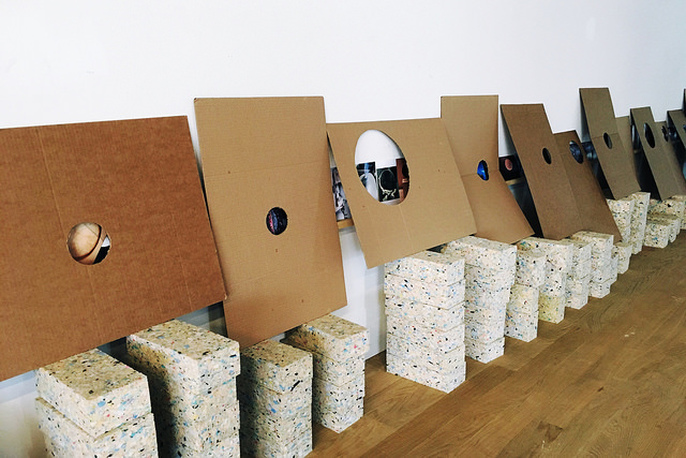
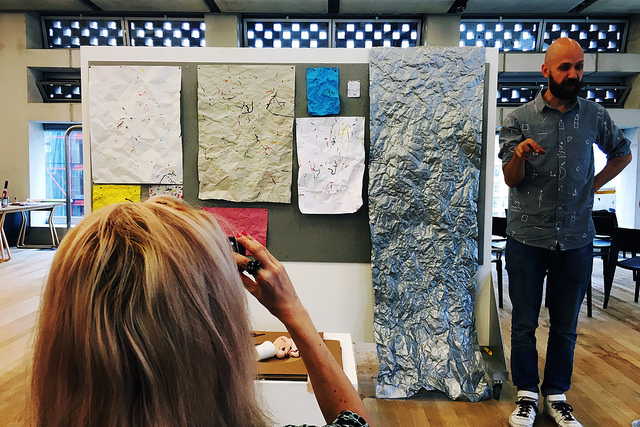
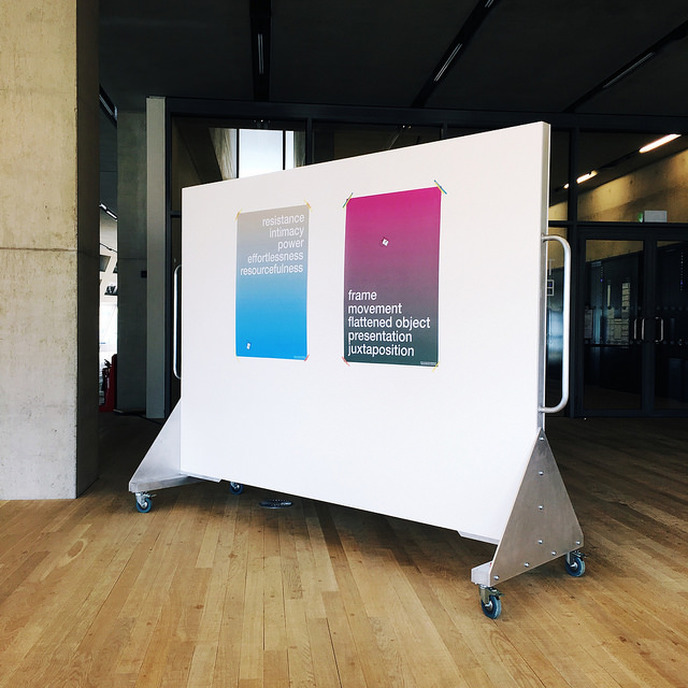
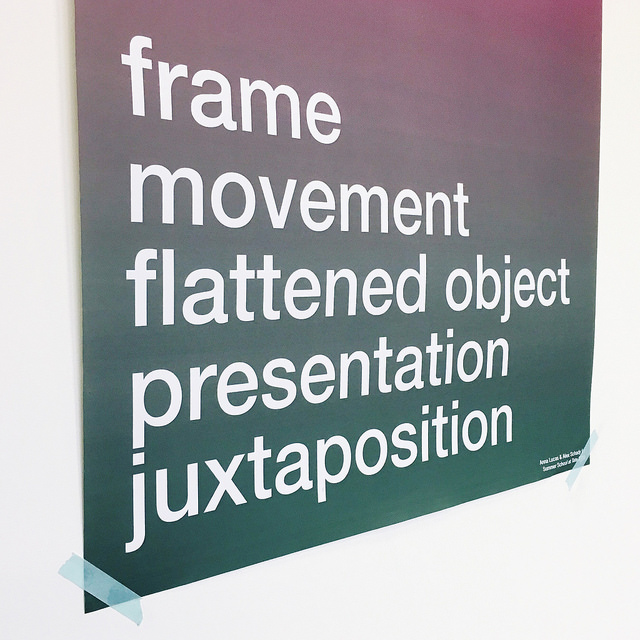
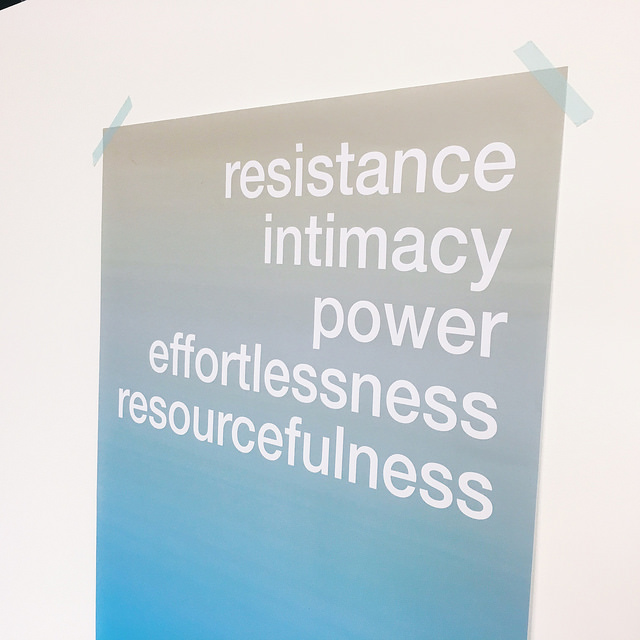

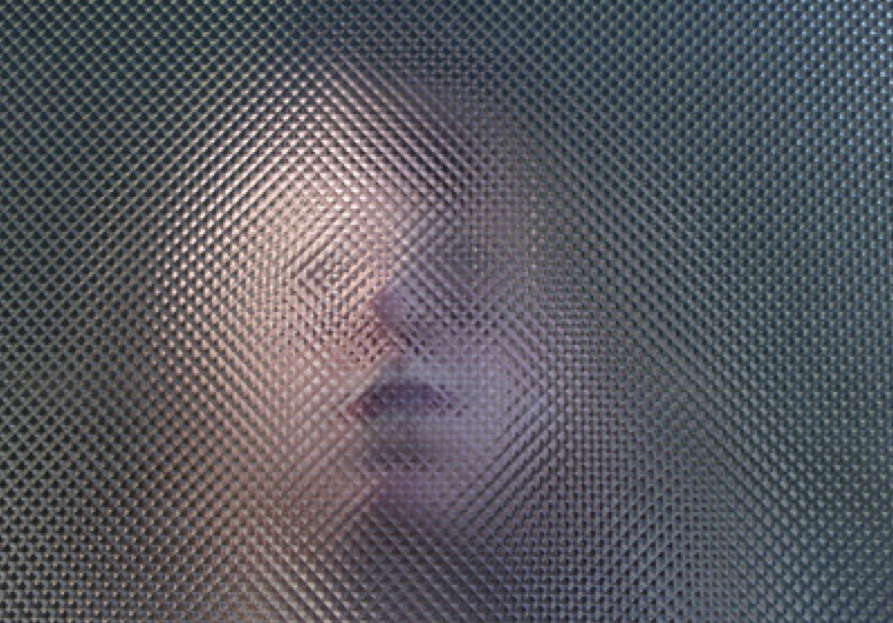
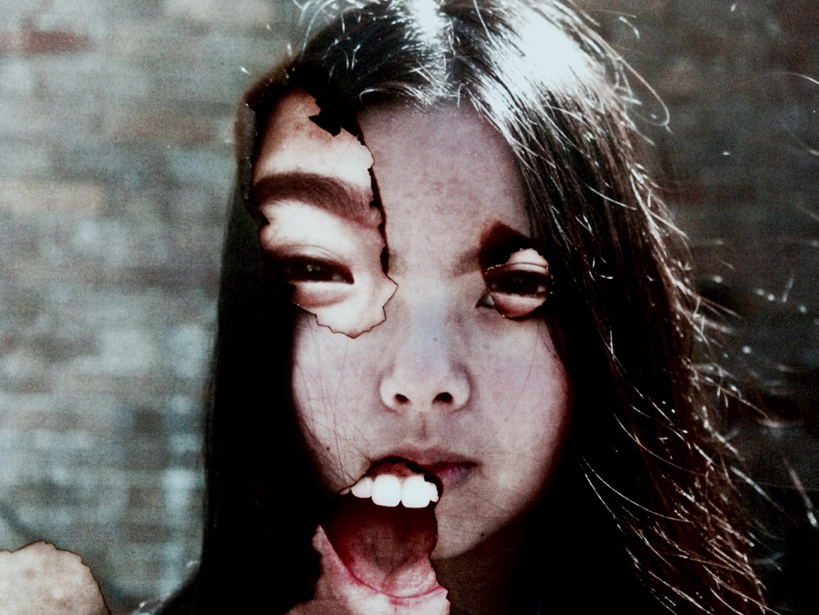
 RSS Feed
RSS Feed